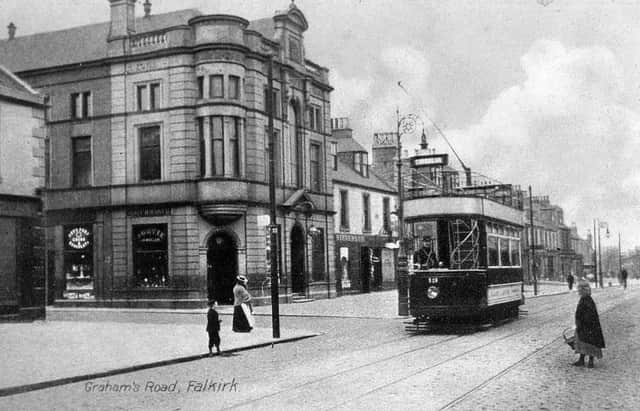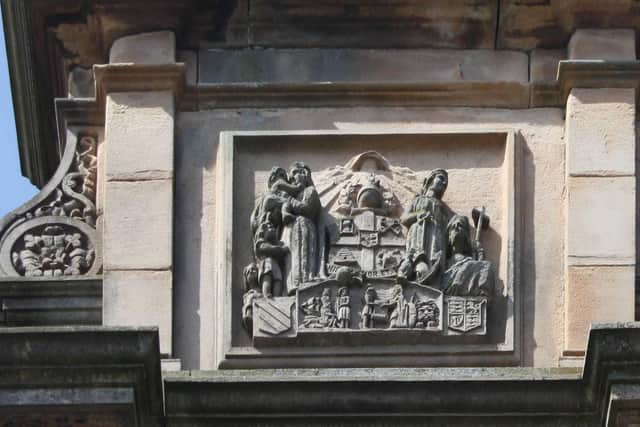The surprising history of Falkirk’s oddfellows and their Victorian hall


Investigation soon led me to the interesting history of this strangely named organisation which was widespread in the 18th and 19th centuries and is still operating as a successful Friendly Society today.
Their story began with the craft guilds which represented skilled workers and whose numbers expanded greatly during the Industrial Revolution.
Advertisement
Hide AdAdvertisement
Hide AdHowever, many workers were excluded because there were too few of them in a particular trade to form a group.


They were the ‘odd ones out’ and in the 18th century they began to gather into a new kind of guild.
They were ‘odd’ too because their aims were mainly charitable, offering insurance to members who fell on hard times.
However this shared interest in doing good didn’t stop the various lodges from falling out and there were many breakaways.
Advertisement
Hide AdAdvertisement
Hide AdIn 1810 a large group set themselves up as The Independent Order of Oddfellows (Manchester Unity) and this soon became the country’s biggest association and the one that gave rise to the Falkirk lodge in 1841 and to another in Denny.
In the days before trade unions were legal and working class ‘agitation’ could lead to serious repercussions, the Oddfellows along with many other groups adopted the style and methods of freemasonry with lodges, grand masters, oaths and passwords as a way of protecting their members.
And, as with the Free Colliers in Redding, the Falkirk Oddfellows looked back to the Scottish Wars of Independence for their inspiration.
When they decided in the 1880s to build a new hall it was dedicated to the memory of Sir John de Graeme, faithful sidekick of William Wallace.
Where the Falkirk lodge met before that is not clear.
Advertisement
Hide AdAdvertisement
Hide AdThe handsome new building which opened in 1883 was designed by James Strang, a leading Falkirk architect who was also responsible for St Andrews Church in Newmarket Street.
After the introduction of some kind of social security in the early 20th century the oddfellows evolved into Friendly Societies which were really insurance companies owned by their members with profits going to support their charitable work.
The Grahams Road hall was used by hundreds of groups over the century for political rallies, public meetings, dance nights, art classes, lectures and the rest.
In 1948 the building was acquired by St Francis Xavier’s Catholic church and in 1955 when their Hope Street building was damaged by fire, the congregation held Sunday worship in Grahams Road for six years.
Advertisement
Hide AdAdvertisement
Hide AdAfter this the building changed hands a number it was turned into ‘Megazone’ where young people apparently shoot one another with laser guns in the dark!
What the Victorian oddfellows would have made of this is hard to imagine but at least it has saved an attractive old historical building from possible demolition.